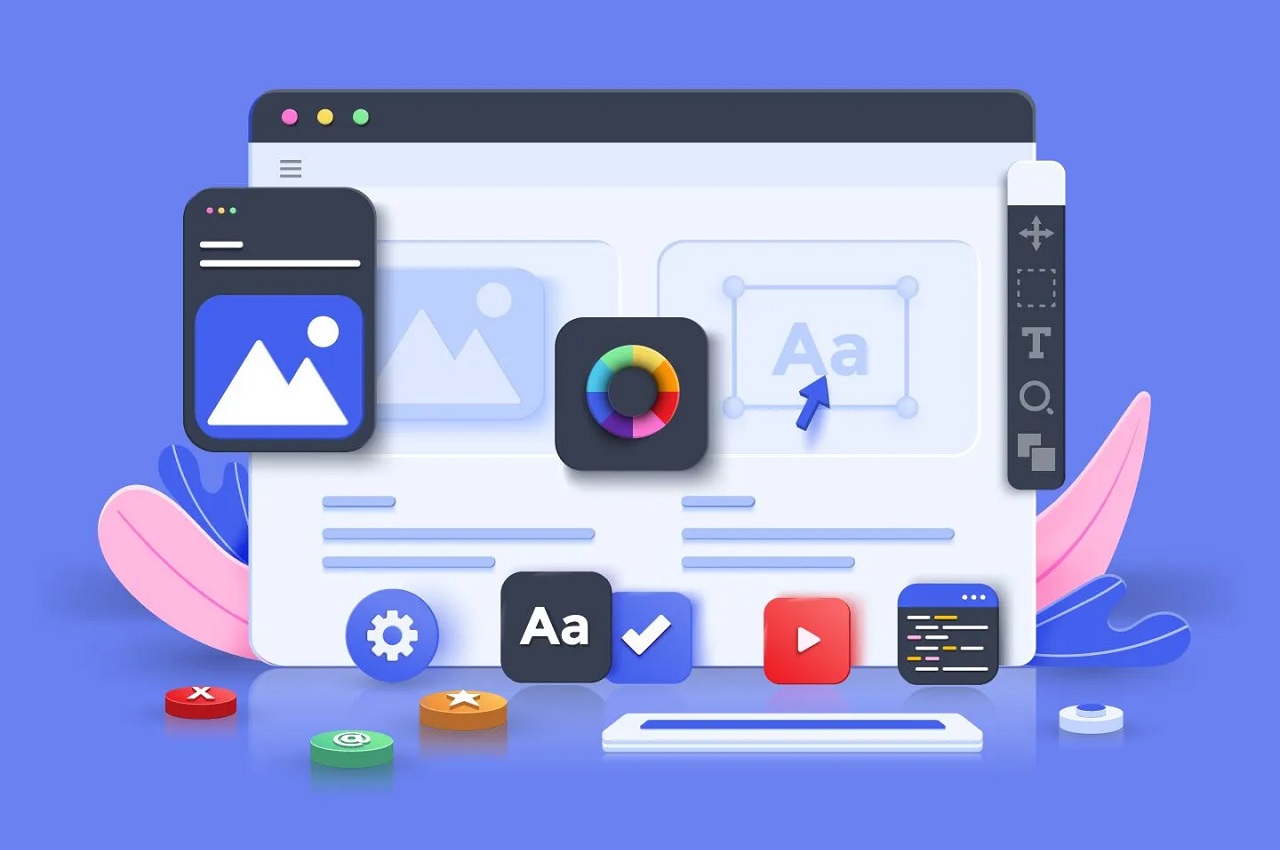Best Practices And Considerations For Responsive Web Design
Responsive web design, a cornerstone in today’s digital landscape, demands careful consideration of best practices. Prioritize a mobile-first approach, ensuring seamless functionality across devices. Flexible grids and media queries allow content to adapt gracefully to diverse screen sizes, enhancing user experience. Optimize images and prioritize performance to expedite loading times, crucial for user retention. Employ a modular design approach for scalability and easy maintenance. Prioritize intuitive navigation, facilitating effortless user interaction on any device. Regular testing across various devices and browsers ensures consistent performance. Embrace accessibility standards for inclusivity, catering to users with diverse needs. Stay abreast of evolving technologies and design trends to keep responsive web design at the forefront of user expectations.
I. Introduction
A. The Significance of Responsive Web Design
Responsive web design (RWD) is a fundamental approach to crafting websites that provide an optimal viewing and interaction experience across a variety of devices. This comprehensive guide explores the best practices and considerations for implementing responsive web design to ensure a seamless and user-friendly experience.
II. Understanding
A. Definition and Core Principles
- Responsive Design Defined:
- Explore the concept of responsive web design and its role in modern web development.
- Core Principles of RWD:
- Understand the key principles such as fluid grids, flexible images, and media queries.
B. Evolution of Responsive Design
- Mobile Revolution:
- Trace the evolution of responsive design in response to the rise of mobile devices.
- Media Query Breakpoints:
- Learn how media query breakpoints adapt layouts to different screen sizes.
III. Key Components
A. Flexible Grids and Layouts
- Grid Systems:
- Implement fluid grids to create flexible and proportionate layouts.
- CSS Flexbox and Grid Layouts:
- Explore the use of CSS Flexbox and Grid Layouts for responsive designs.
B. Fluid Images
- Image Resolution:
- Optimize images for various devices to ensure fast loading times.
- Use of CSS for Images:
- Employ CSS techniques to create responsive and adaptable images.
C. Media Queries
- Defining Breakpoints:
- Set effective media query breakpoints for different devices.
- Conditional CSS:
- Apply conditional CSS rules based on screen characteristics.
IV. Responsive Typography
A. Fluid Typography
- Viewport Units:
- Utilize viewport units for responsive typography.
- Scaling Techniques:
- Implement scaling techniques to maintain readability across devices.
B. Readability and Line Length
- Optimal Line Length:
- Determine the ideal line length for improved readability.
- Adjusting Font Size:
- Use media queries to adjust font sizes based on screen size.
V. Navigation
A. Mobile-Friendly Navigation
- Hamburger Menus:
- Implement hamburger menus and other mobile-friendly navigation patterns.
- Priority Navigation:
- Prioritize and simplify navigation elements for smaller screens.
B. Touch-Friendly Interfaces
- Touchable Targets:
- Design touch-friendly buttons and interactive elements.
- Gesture Support:
- Consider integrating gesture support for an enhanced user experience.
VI. Testing And Debugging
A. Cross-Browser and Device Testing
- Browser Compatibility:
- Test websites on various browsers to ensure consistent performance.
- Device Emulation:
- Utilize device emulation tools for thorough testing on different devices.
B. Debugging Techniques
- Browser Developer Tools:
- Use browser developer tools for real-time debugging.
- Responsive Design Testing Tools:
- Explore online tools designed specifically for responsive design testing.
VII. Performance Optimization
A. Image Optimization
- Image Compression:
- Optimize images through compression techniques for faster loading.
- Lazy Loading:
- Implement lazy loading to load images as needed, reducing initial page load times.
B. Code Minification and Compression
- CSS and JavaScript Minification:
- Minify CSS and JavaScript files to reduce file sizes.
- Gzip Compression:
- Enable Gzip compression for efficient data transfer between the server and the browser.
VIII. SEO Considerations
A. SEO-Friendly Responsive Design
- Consistent URLs:
- Maintain consistent URLs across devices for effective SEO.
- Mobile-First Indexing:
- Adapt content for mobile-first indexing to improve search engine rankings.
IX. Accessibility
A. Inclusive Design Principles
- Semantic HTML:
- Use semantic HTML elements for improved accessibility.
- ARIA Roles:
- Incorporate Accessible Rich Internet Applications (ARIA) roles for enhanced accessibility.
X. Best Practices
A. Mobile-First Approach
- Starting with Mobile Design:
- Embrace a mobile-first design philosophy for a solid foundation.
- Progressive Enhancement:
- Apply progressive enhancement to ensure a scalable and inclusive design.
B. Scalable Vector Graphics (SVG)
- SVG for Scalability:
- Harness the power of SVG for resolution-independent graphics.
- Animating SVGs:
- Implement subtle animations to enhance user engagement.
XI. Future Trends
A. Variable Fonts
- Dynamic Font Adjustments:
- Explore the benefits of variable fonts for dynamic adjustments.
- Improved Performance:
- Variable fonts for enhanced performance and customization.
B. Container Queries
- Responsive Components:
- Anticipate the introduction of container queries for more granular responsive control.
- Dynamic Layouts:
- Achieve dynamic layouts within specific containers based on available space.
XII. Conclusion
Responsive web design is integral to creating websites that cater to the diverse landscape of devices and screen sizes. By embracing the core principles, implementing key components, and staying updated on best practices, you can ensure your websites deliver a seamless experience to users across various platforms. As the digital landscape continues to evolve, staying adaptive and innovative in your approach to responsive design will contribute to the success and longevity of your web projects.


